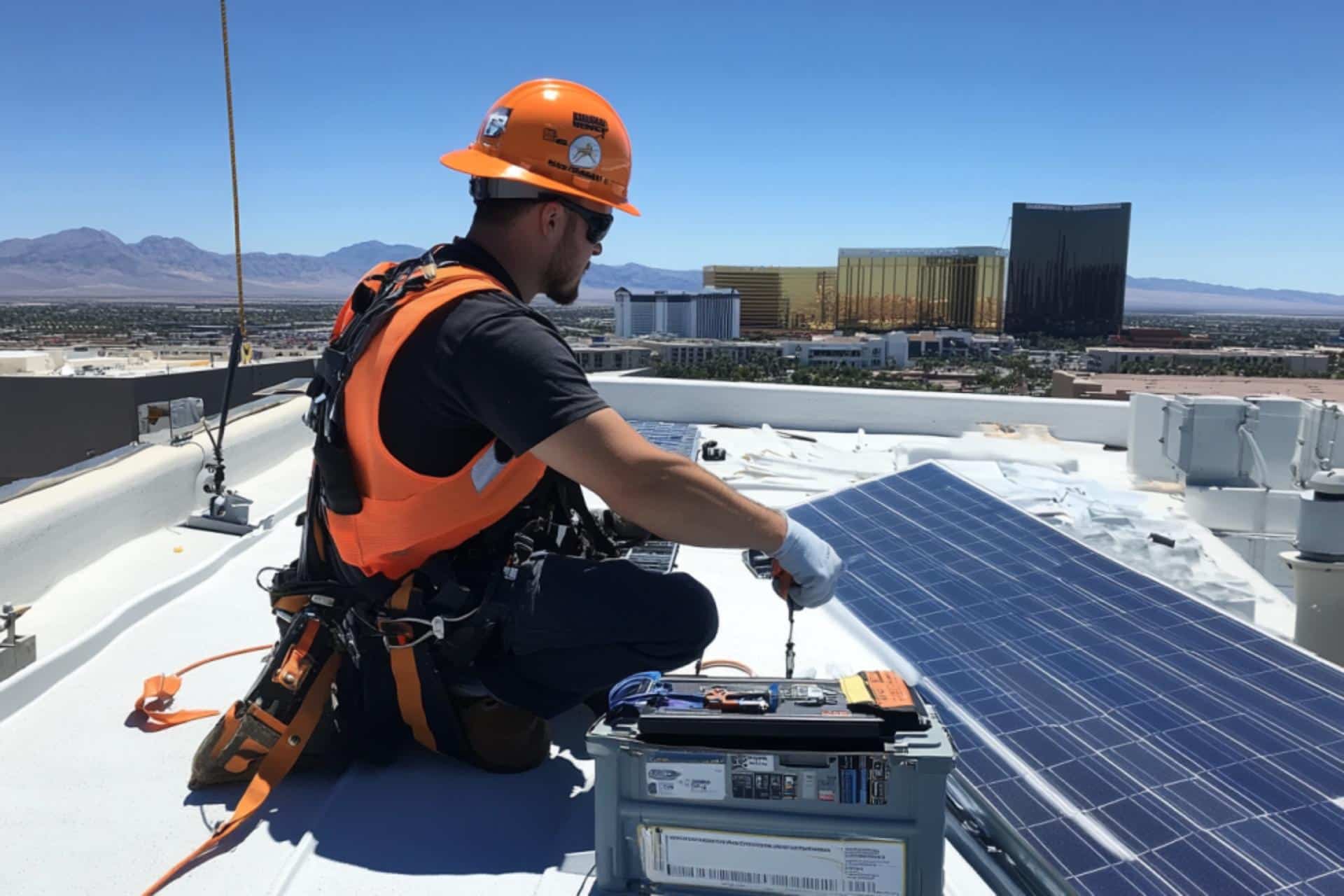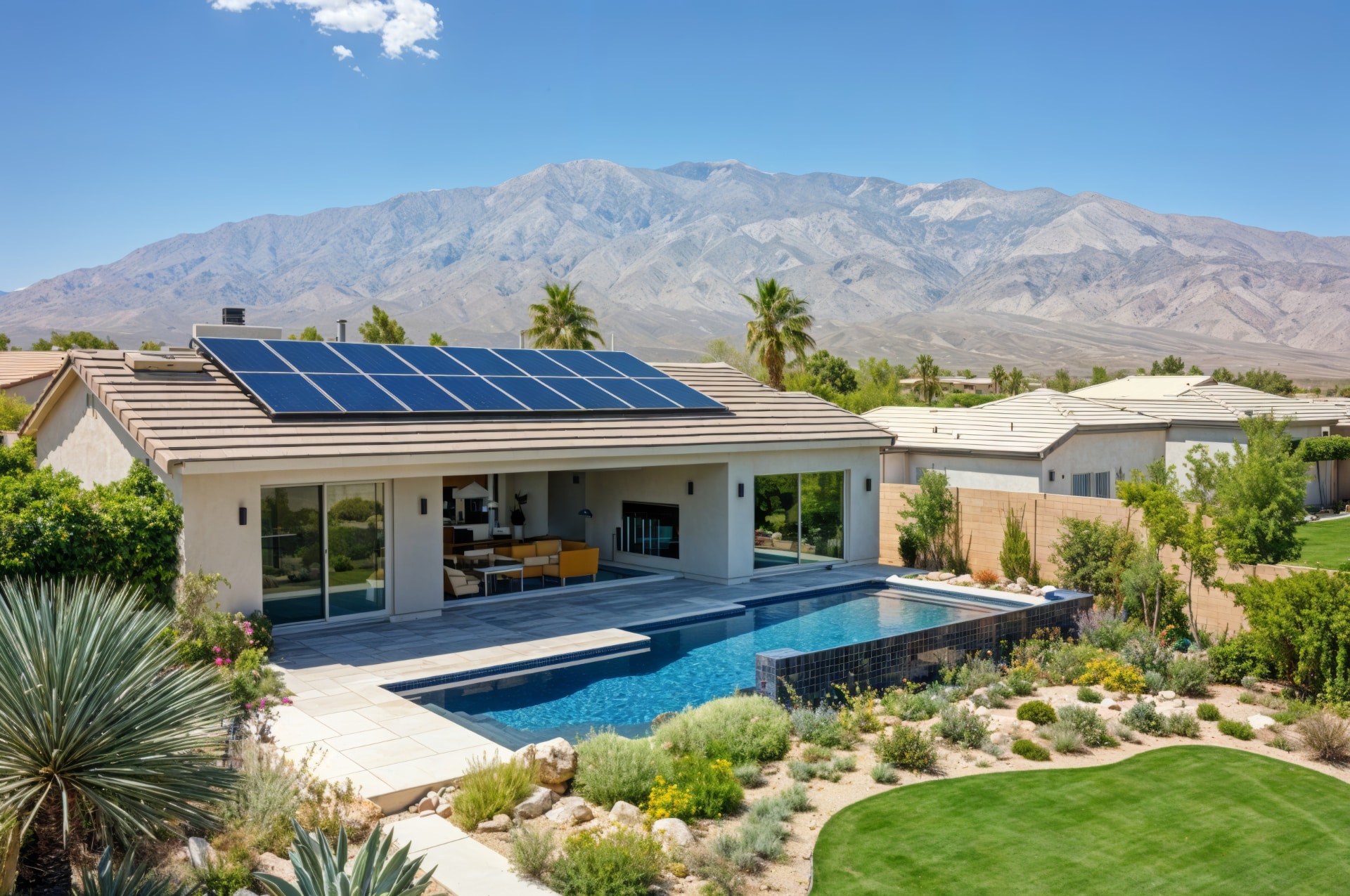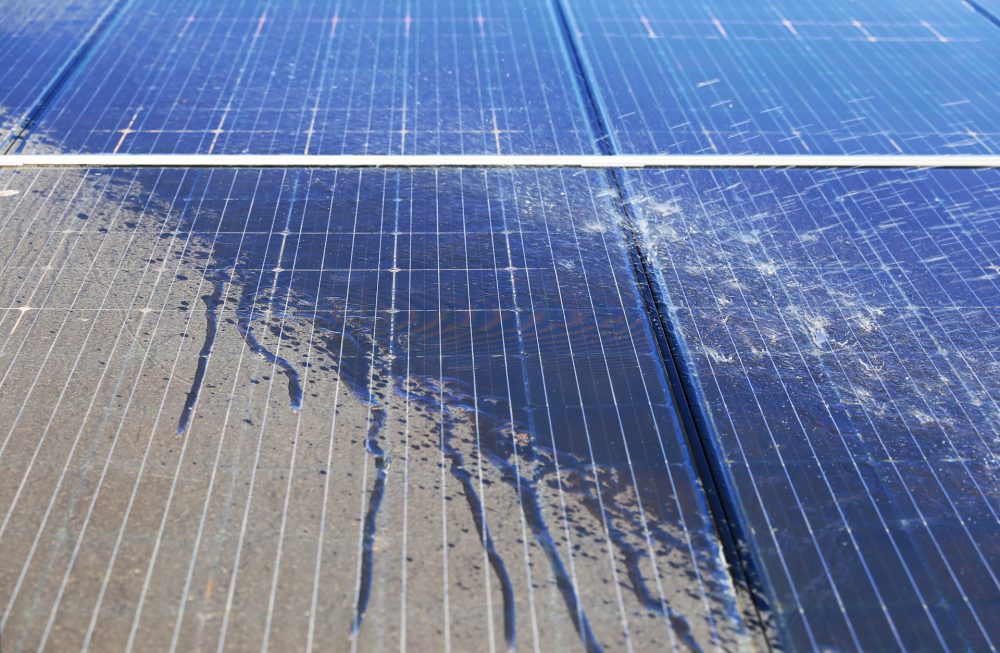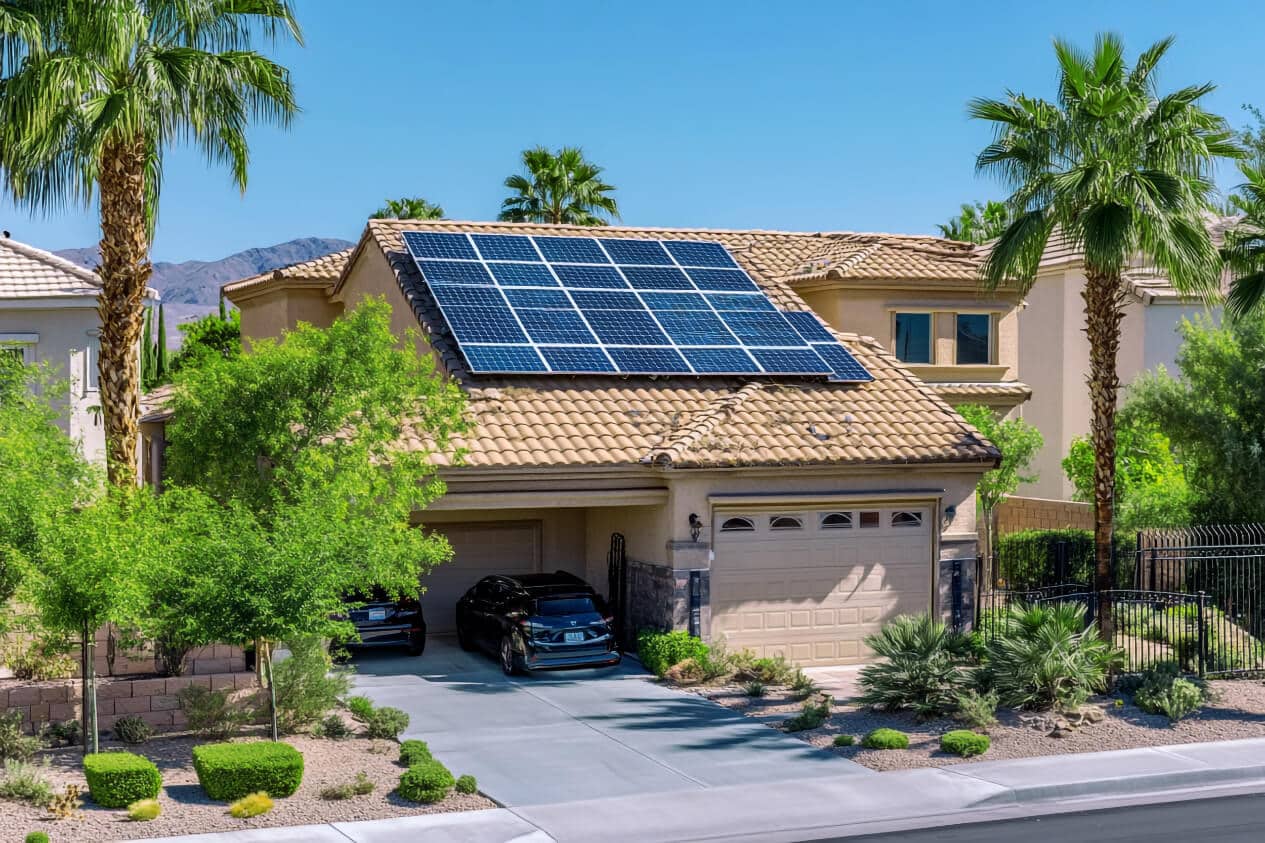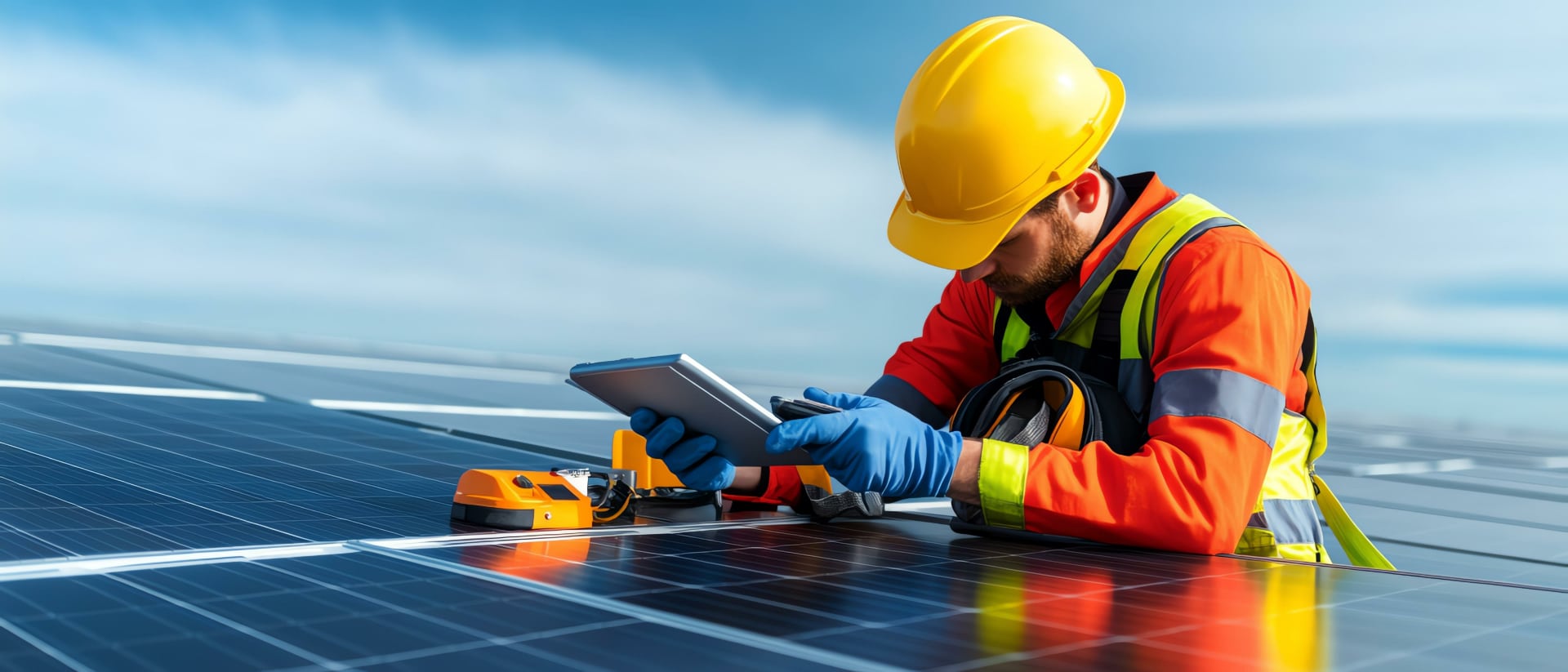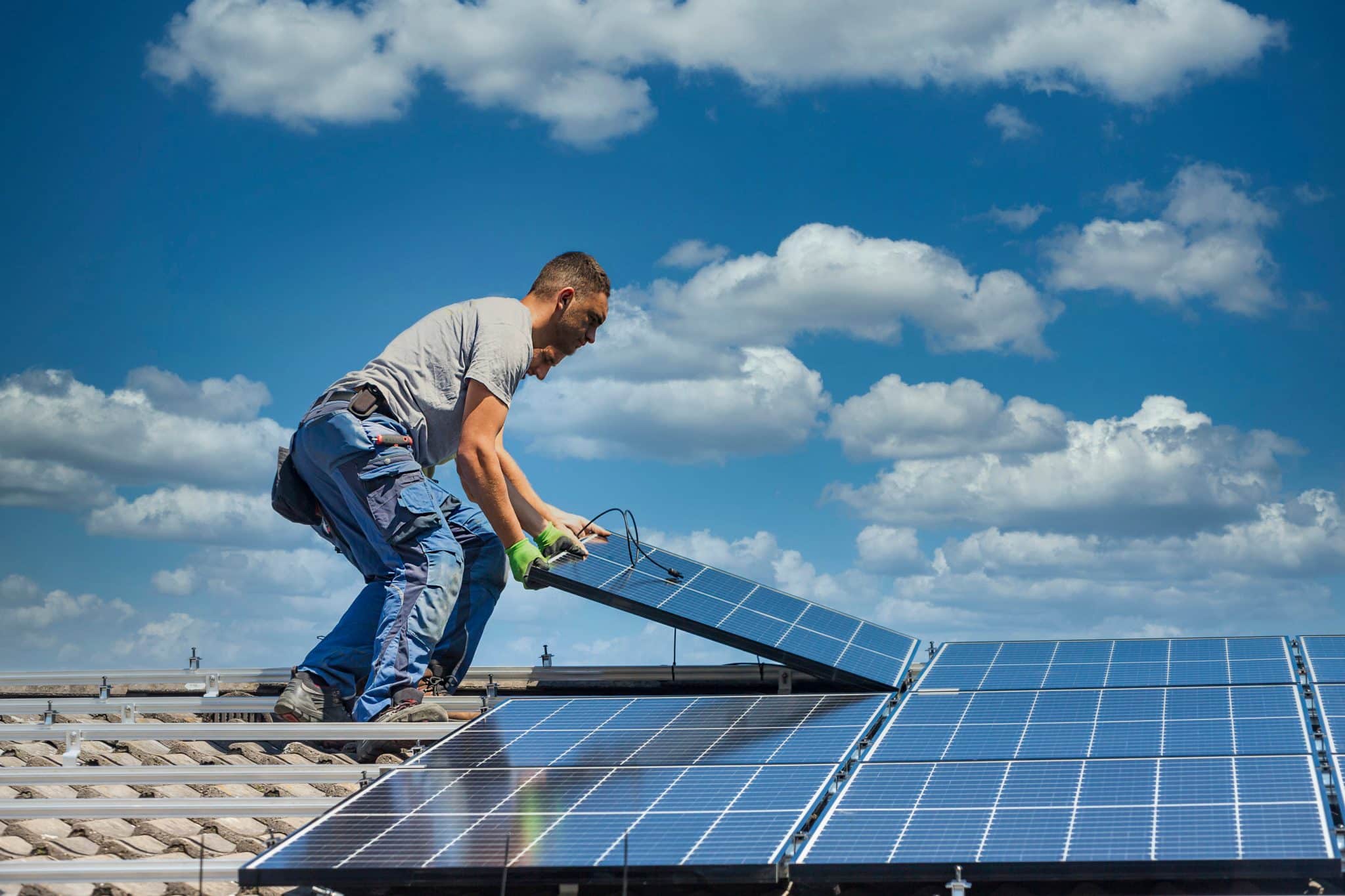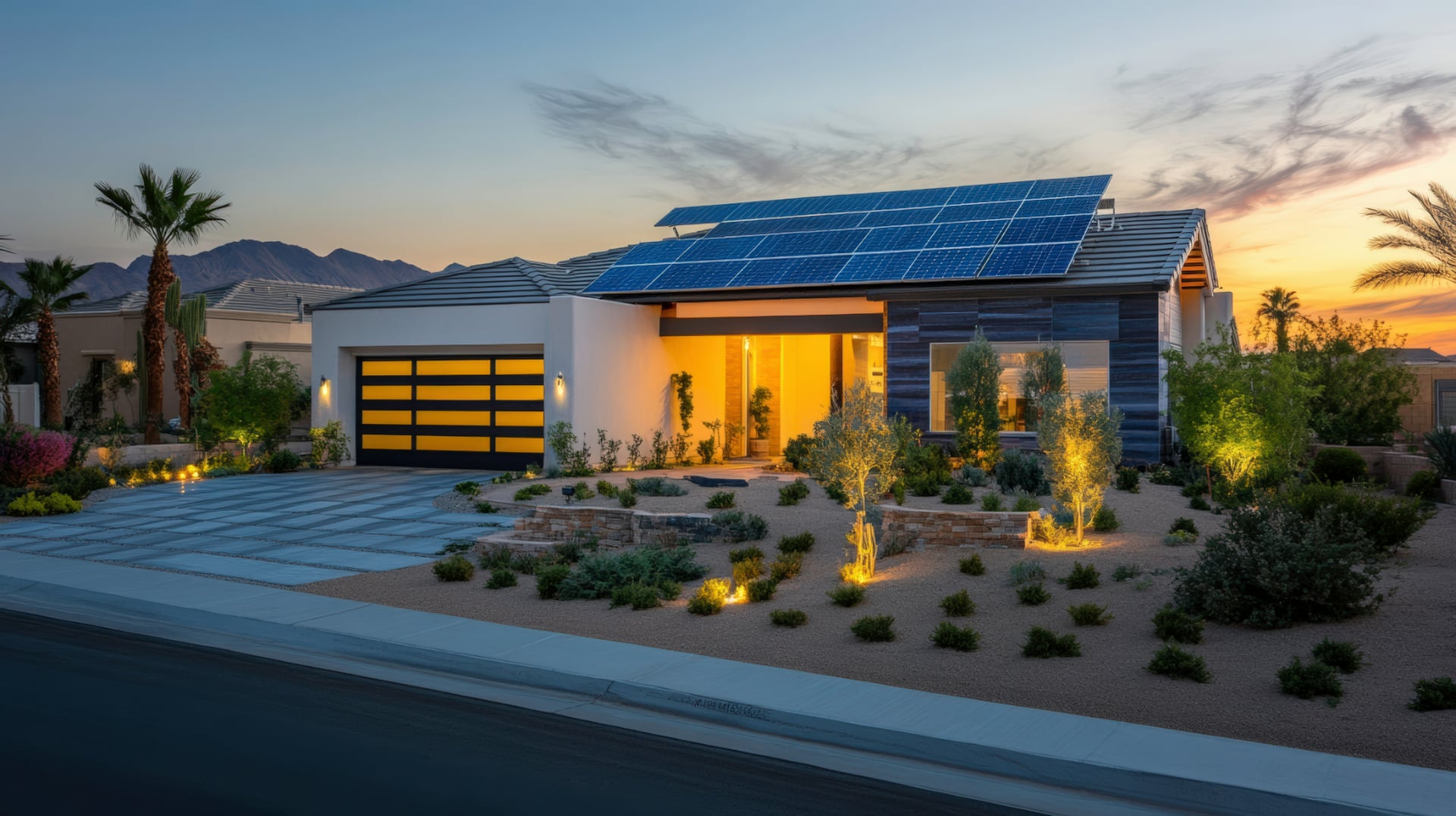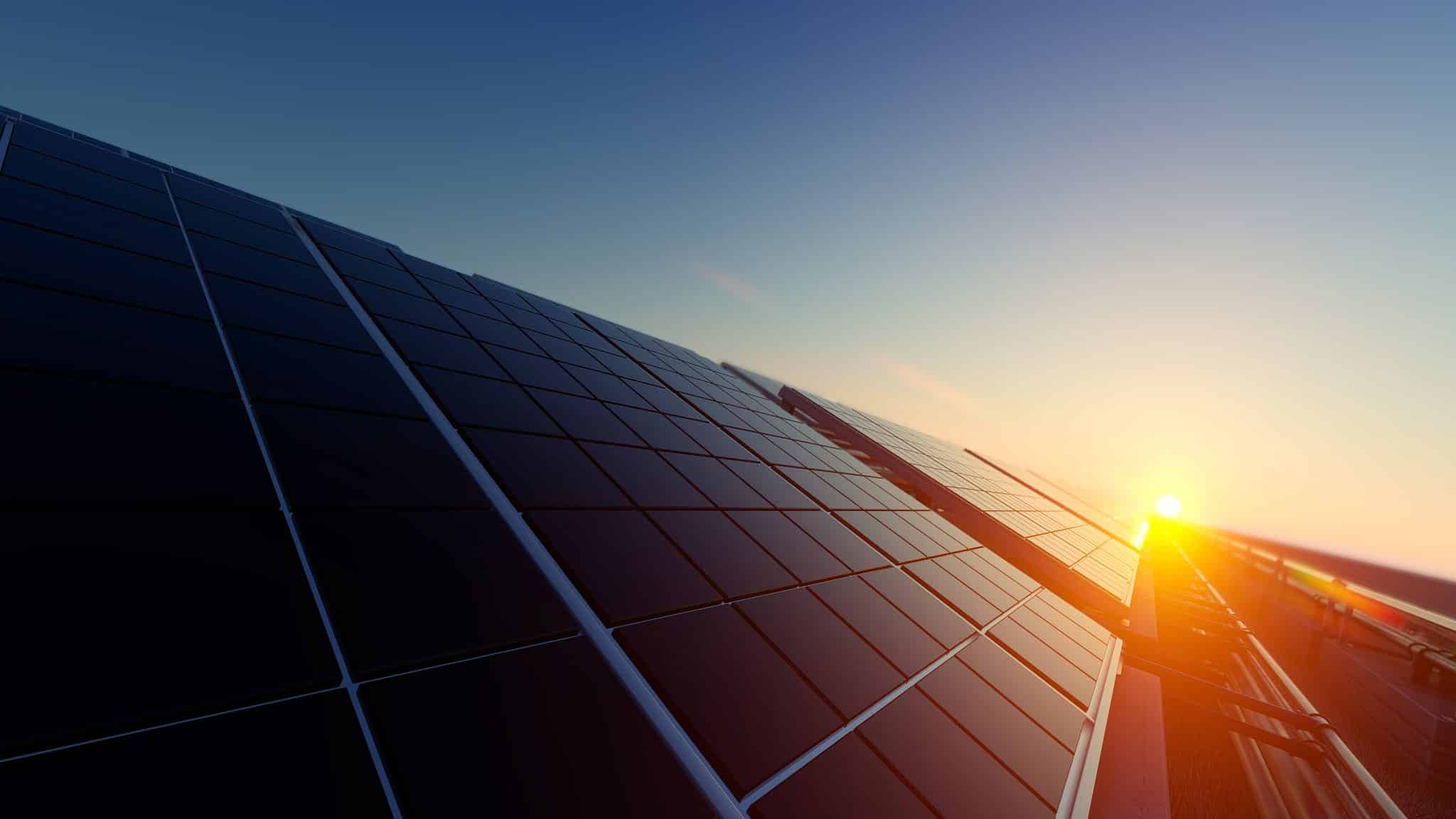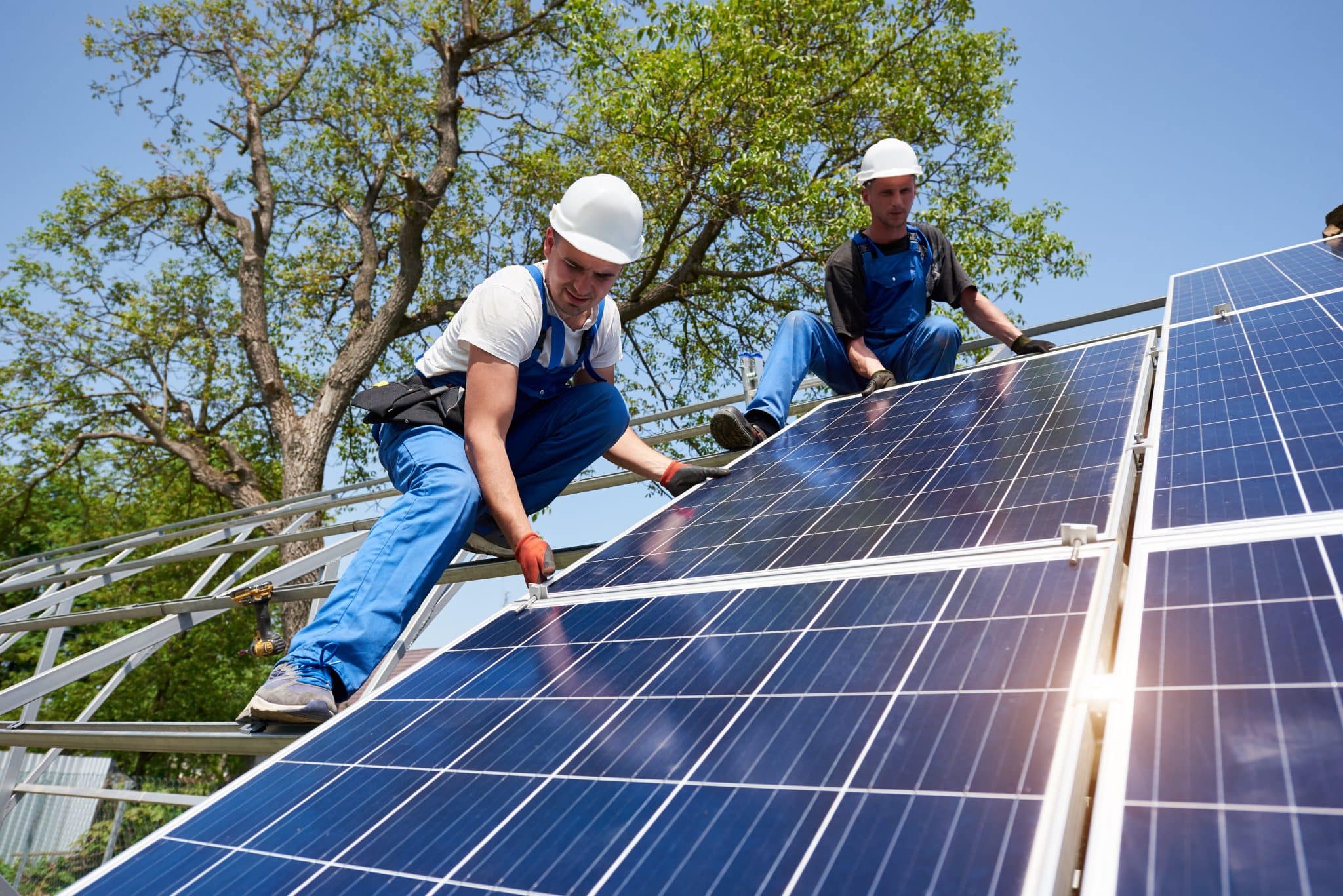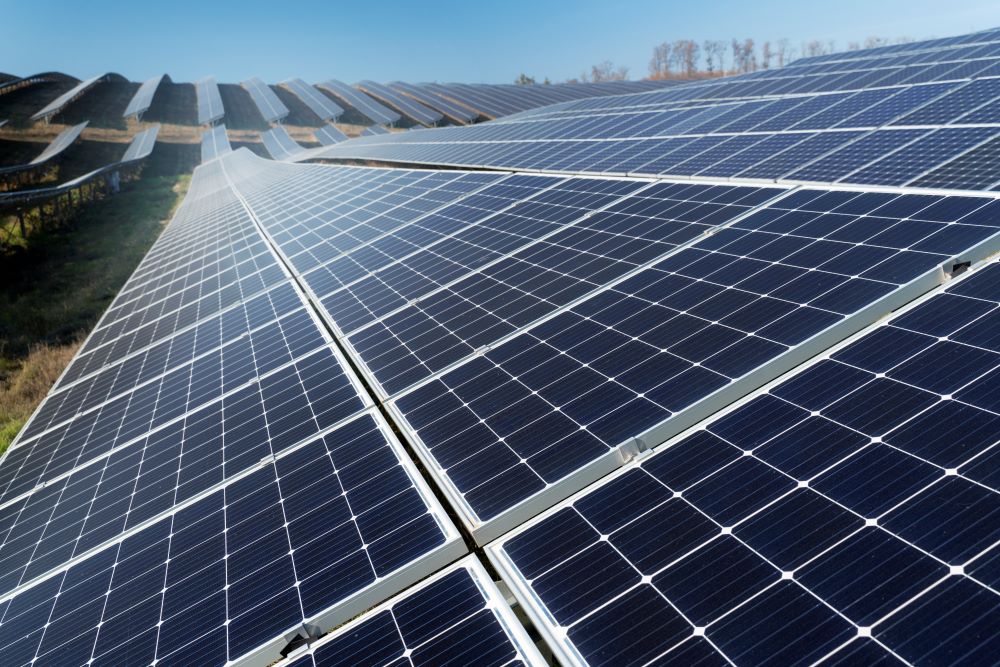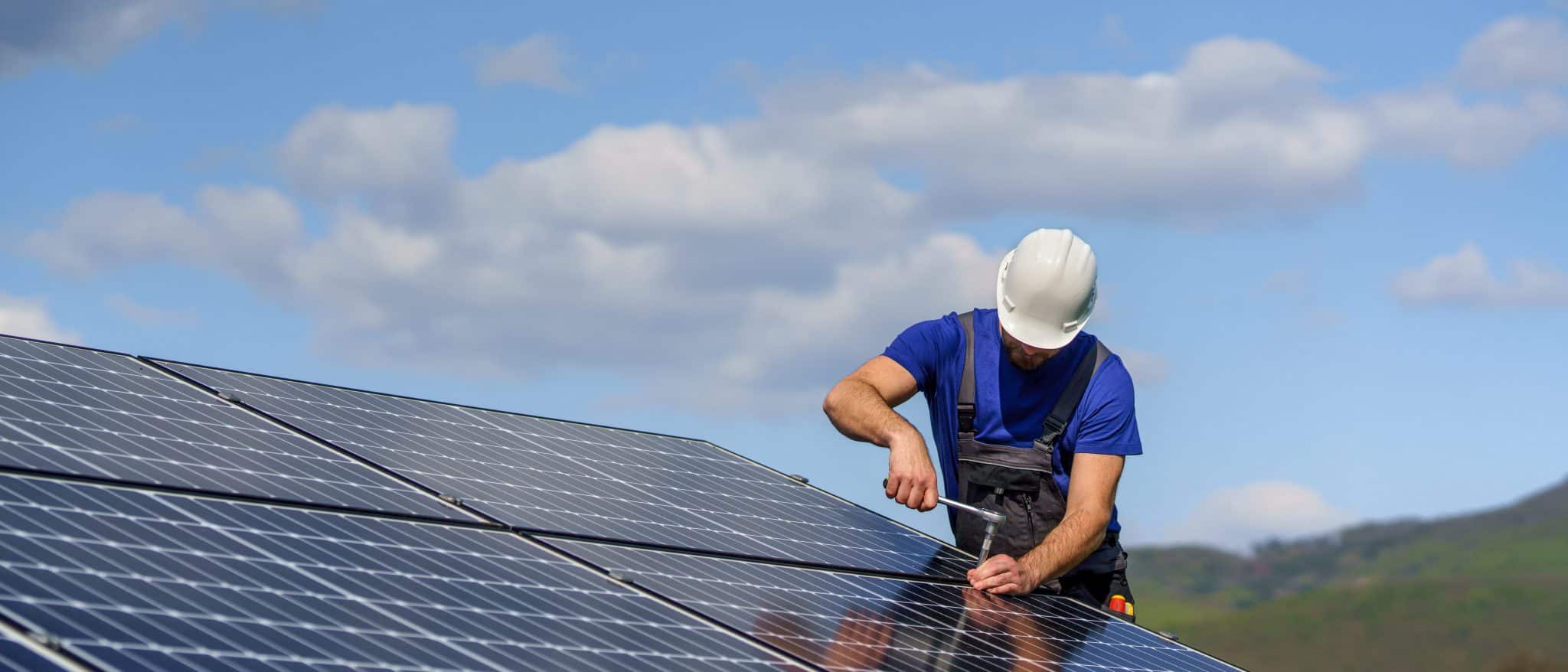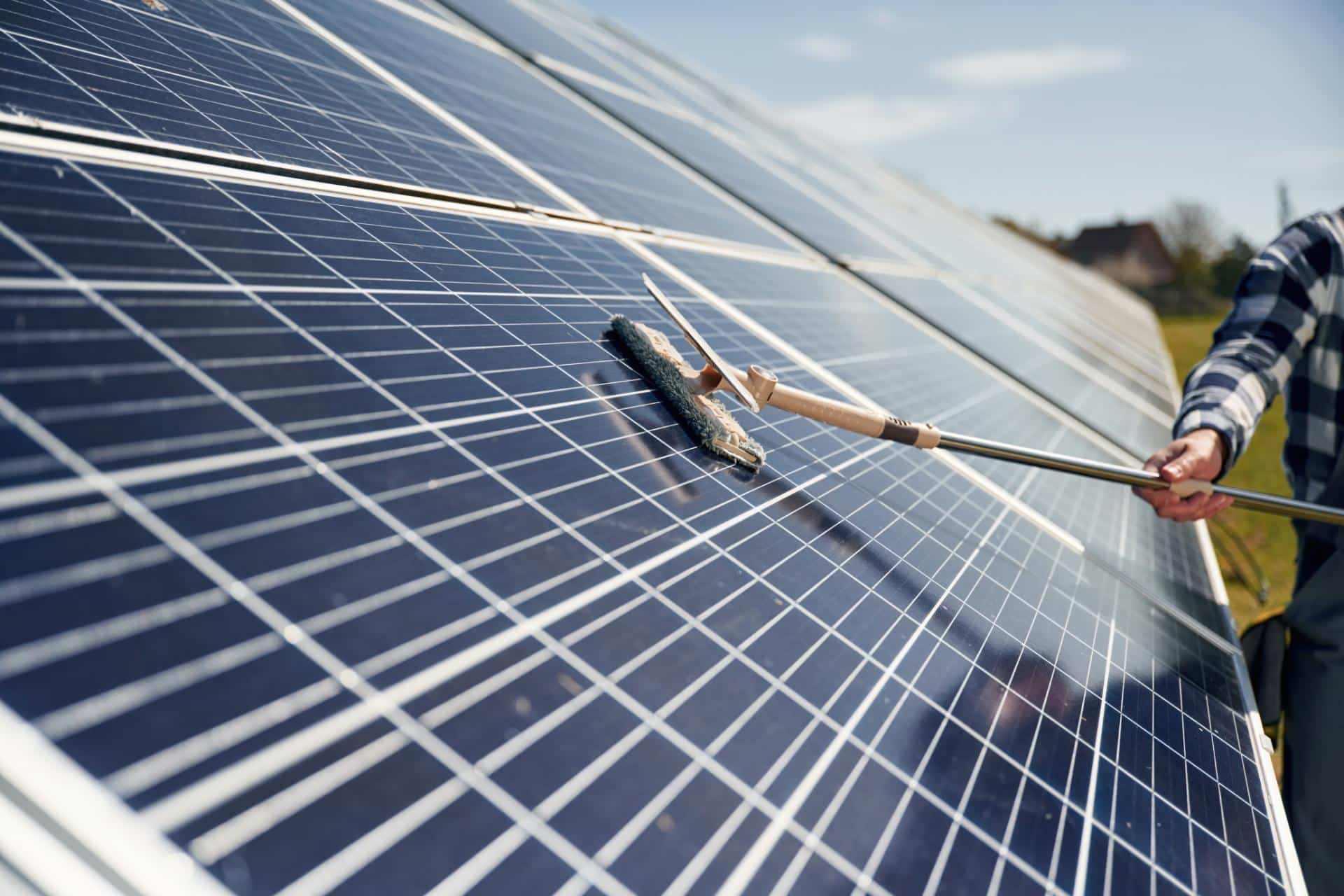
DIY Solar Panel Cleaning vs. Hiring a Pro: What’s Better for Homeowners?
Solar panels are a great way to cut energy costs, but to keep them working efficiently, they need regular care. Dirt can build up over time and block sunlight, which is where solar panel cleaning comes in. Homeowners have two options: do the job themselves or hire a professional solar panel cleaning service. In this article, we’ll walk through the details of each method, looking
